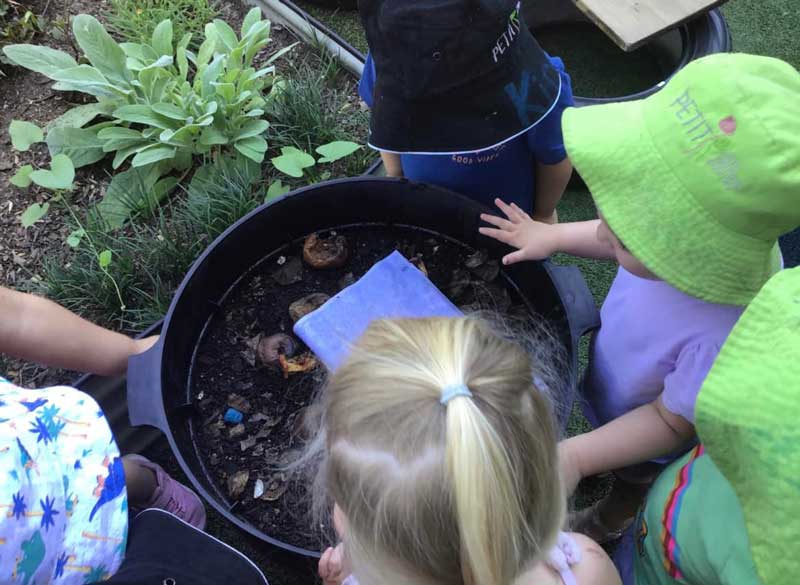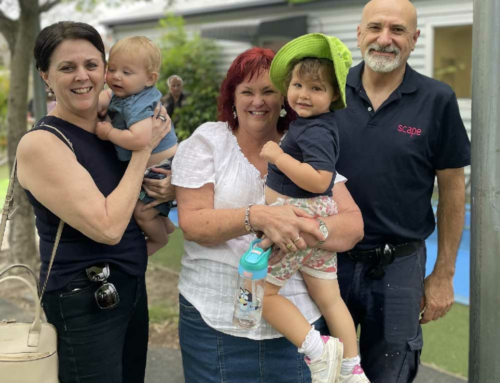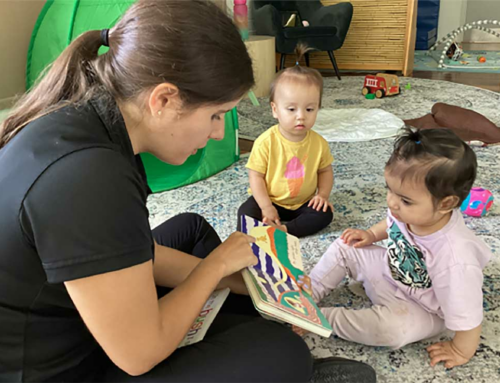Recycling at home is more important than ever for the environment and as we teach our children about sustainability. Recycling items can be a fun and educational experience with added eco-friendly benefits for the whole family.
Many homes have recycling bins and access to government recycling schemes. These strategies help us to decrease hazardous waste in landfills, reduce litter, save resources, preserve our planet and foster a healthier, cleaner environment.
Encouraging children to build their knowledge of the environment’s 3Rs gives them an appreciation for why we need sustainable practices and how to adopt them. In this article, we take a closer look at recycling at home and how you can support:
- The environment’s 3Rs – Reduce, Reuse and Recycle
- Why is it important to recycle at home?
- Encouraging children to recycle
- Recycling items around the home
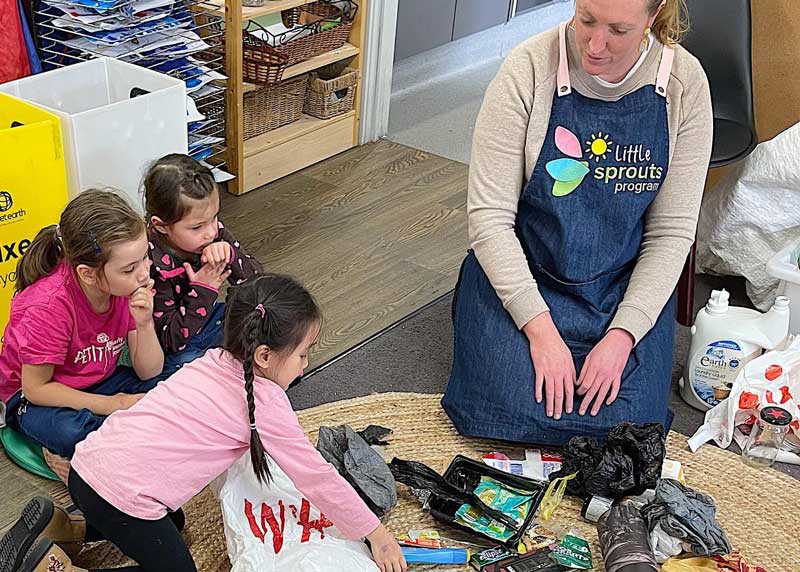
The 3Rs of the environment: Reduce, Reuse and Recycle
Reduce refers to using fewer resources. For example, using reusable shopping bags instead of single-use plastic bags or saying no when we do not need what is offered.
Reuse means to make something new out of something old. For example, this can be anything from turning an old jar into a piggy bank.
Recycle means breaking down an item into smaller pieces to create new things. For example, recycling paper into newspapers or plastic bottles into t-shirts.
Reducing, reusing, and recycling items saves energy, lowers pollution, decreases landfill and greenhouse gases, and conserves resources. When we apply the 3Rs to things we no longer want, we think about the earth and future generations.
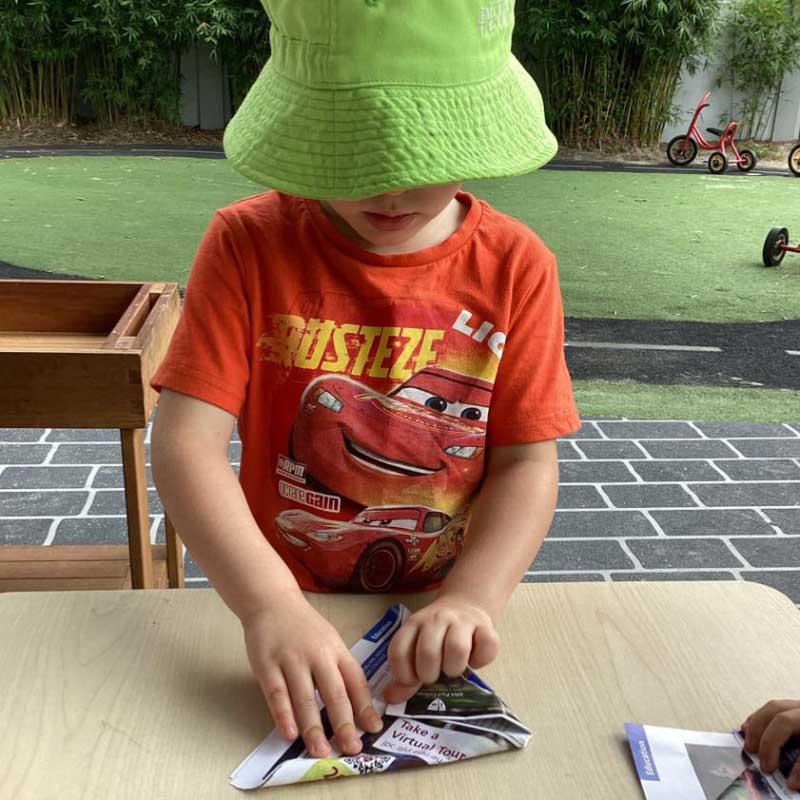
Why is it important to recycle at home?
Introducing the 3Rs at home encourages children to be mindful of their environment and conserve resources. Showing them how to recycle items, promoting fun recycling activities and starting new recycling habits engages their curiosity about why recycling is so important.
Recycling is the smart thing to do with items we no longer need. It means materials get turned into something new and useful rather than filling up the landfill, turning into floating plastic islands, or turning into ash and smoke in incinerators.
When we reduce, reuse and recycle, we can also lower the impact that making the product has on the environment.
Recycling is more than cardboard, plastic and glass bottles. By taking the time to recycle with your child, you can help create a more sustainable future for generations to come.
How to encourage recycling at home with your preschooler
Our local councils supply kerbside recycling bins at home, but we are not always mindful when filling them. By encouraging our child’s curiosity about what goes in each container, we can engage their help in sorting out the rubbish and making the most of each opportunity to recycle.
Deposit schemes are another local government recycling project encouraging all to recycle waste like bottles or cans. In return, recycled items can be returned for cash.
Participating in recycling schemes is an excellent tool for encouraging children to learn about recycling and earn pocket money by collecting the containers they drink from. Plus, families can help clean up local places by picking up recyclable waste and turning it into coins.
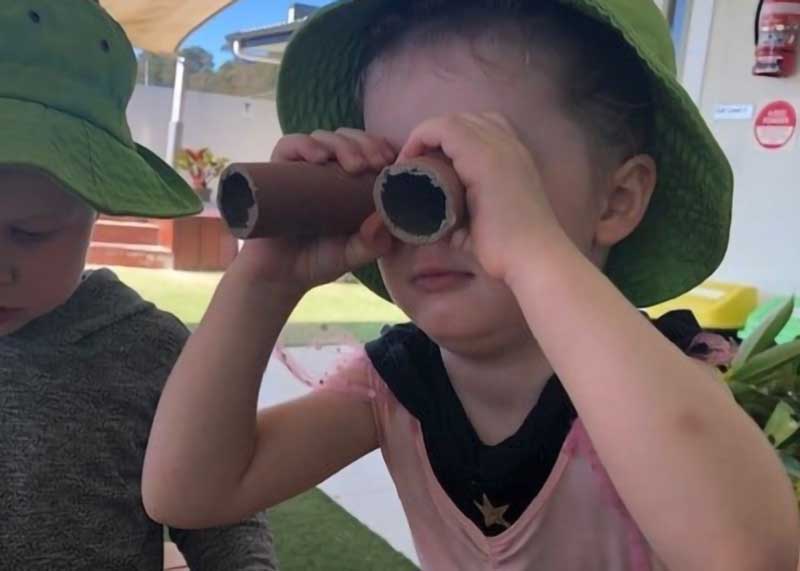
25 Items for household recycling
Many items on our list are unsuitable for kerbside recycling. Always check with your local council about what recycled material they accept.
Other recycling programs are available, and if you’re looking for recycling options for your unwanted household items, Planet Ark’s website, Recycling Near You, is an excellent place to start.
Here are 25 items that you can reuse and recycle at home with your toddler and preschooler:
1. Plastic Bottles – Have your preschooler decorate an empty plastic bottle to create a vase or a fun water bottle. They also make ideal plant pot holders for an indoor herb garden, and you can use the caps for game pieces.
2. Newspapers – Have your child help tear up pages and make paper mache art projects or origami sculptures. The pages are also great for cleaning windows, barbeques, or as “gift” paper. If you can’t reuse the paper, pop it in the recycle bin.
3. Printer cartridges – Some professional artists use leftover ink in inkjet printer cartridges as a painting tool. You can also return your laser and inkjet cartridges to your supplier or participating stores in Cartridges 4 Planet Ark for recycling.
4. Cardboard boxes – Children enjoy using cardboard items in various activities, such as making artwork, turning them into houses and creating vehicles. In most cases, cardboard packaging can go in your recycling bin.
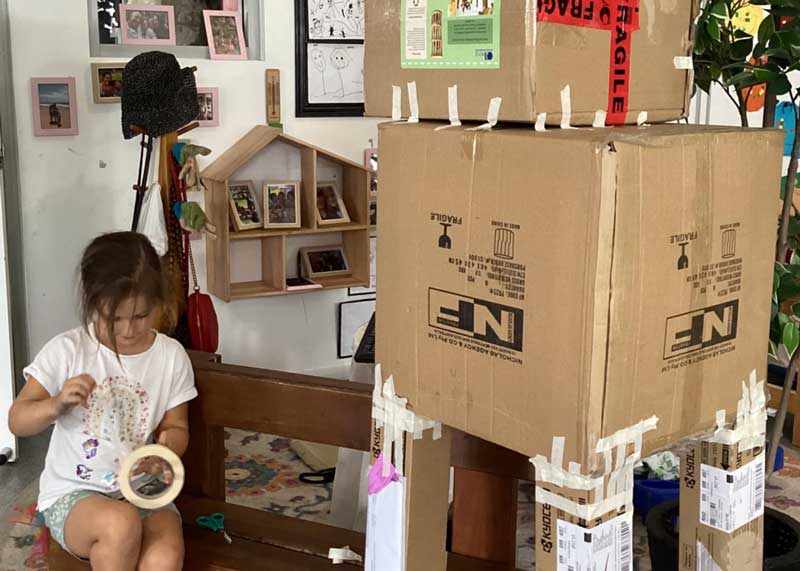
5. Magazines – Use old magazines to make collages and decorations around the house or introduce them to decoupage.
6. Paper Towel Rolls – Crafts like binoculars and telescopes are easy crafts your preschoolers will love making with paper towel rolls!
7. Aluminium Cans – Have your preschooler turn aluminium cans into birdhouses or musical instruments. Otherwise, these are 100% recyclable and can be put out for kerbside collection or, in the case of drinking cans, turned into cash at recycling centres.
8. Glass Jars – Use glass jars to create cute pencil holders, decorative vases and creative storage solutions for smaller items in the house.
9. Cardboard Tubes – A great way to reuse cardboard tubes is by creating animal sculptures, frames, playtime binoculars, homemade bonbons or a marble run.
10. Polystyrene containers – Most states have banned or are banning polystyrene ( styrofoam) single-use plastics like those used for takeaway coffee cups. You can reuse these for art projects, such as turning them into fun characters.
11. Cloth – Have your child reuse old clothes for dolls, stuffed animals, puppets, scarecrows and dress-up. Clothing that is too worn for resale and charity donations makes excellent cleaning and oil rags.
12. CDs – You can reuse CDs in numerous ways, such as making spinning tops, coasters and wind chimes! Many early childhood education and care centres use these for art projects. Alternatively, check out places like Officeworks and their e-waste collection points.
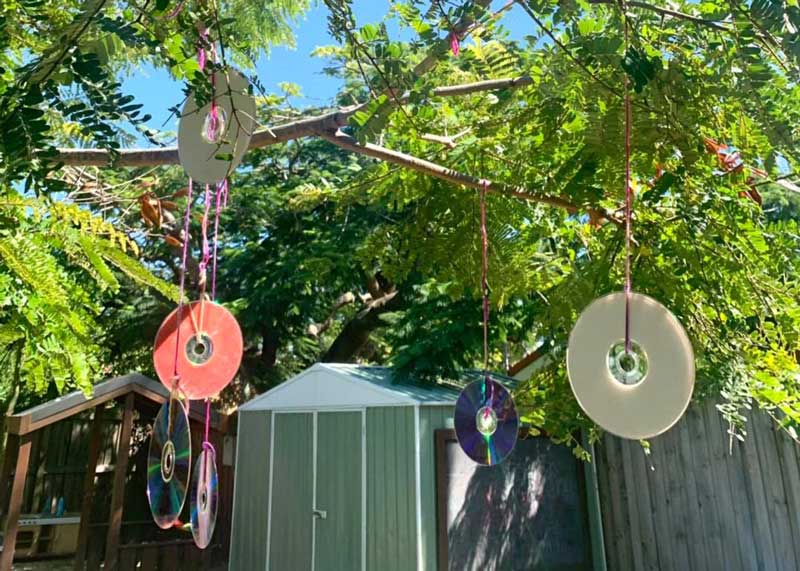
13. Batteries – Cleanup Australia describes batteries as hazardous waste. You can’t put them in recycling bins or general waste, organised with B-Cycle. Show your child how to recycle these at supermarkets or hardware stores.
14. Electronics – Teach your preschooler how to keep our planet clean by recycling electronic waste such as computers, laptops, mobiles, tablets and monitors. Community service groups often collect old computers, fix them up and redistribute them to children and families in need.
15. Egg Cartons – Create a mini flower bed, painted animals or even a fun dice game with egg cartons. Alternatively, you can put these in most recycle bins.
16. Medical and gum blister packs – While these can make great “eyes” and other circular shapes for art projects, you can’t recycle them through kerbside bins. Instead, places like Chemists Own provide recycling collection solutions.
17. Bubble Wrap – Turn bubble wrap into fun art projects. There are many different ways to use bubble wrap for art. You can also put it aside somewhere safe to reuse next time you need to pack a fragile package.
18. Shoes – Use old shoes to make planters and book ends. A long boot is ideal for an umbrella stand.
19. Food Scraps – There are many ways to reduce food waste, such as using leftovers for other meals, planning meals, buying less, and using it to create mulch for your garden or a neighbour’s. Some local councils have recycling programs to collect vegetable scraps and turn them into mulch for farmers.
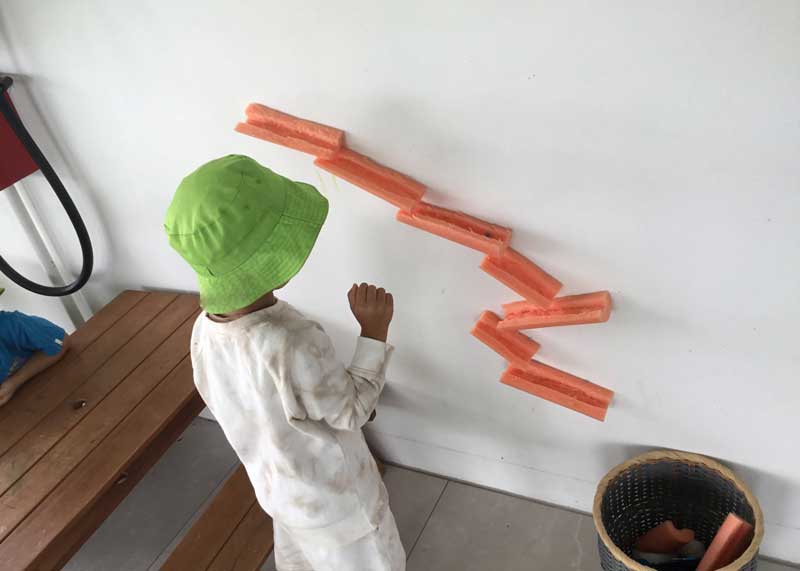
20. Crayons – Have your preschooler melt old crayons into new shapes and colours.
21. Paper Plates – Transform paper plates into masks, animals and more with paint, glitter and other materials.
22. Coffee Grounds – Introduce your child to gardening and show them how to turn coffee grounds into nutrient-rich soil.
23. Food Cans – Transform food cans into spooky decorations or fun robots for your children to play with.
24. Bags for recycling – Plastic bags take a long time to break down in landfill. Because we go through so many single-use bags, it can cause a problem for soft plastic recycling companies. We can reuse bags as garbage bin liners and doggy bags, but they still end up in landfills. The best option here is to reduce our use of soft plastics.
25. Milk Jugs – Turn plastic milk jugs into planters or bird feeders and teach your preschooler about gardening and nature.

Inspire your child’s curiosity in recycling with Petit Early Learning Journey
At Petit ELJ, our learning environments engage children’s curiosity. We use intentional teaching practices to set up and invite children to discover new play experiences. Through play, children explore and learn about their world.
At Petit ELJ, children can access recycled materials, open-ended natural materials and loose parts as they move freely between our indoor and outdoor spaces. We encourage children’s ideas and believe they are constructors of their own knowledge.
Are you ready to start your child’s early learning journey? Learn more about our curriculum, learning program and availability by talking to your nearest Centre Director.
